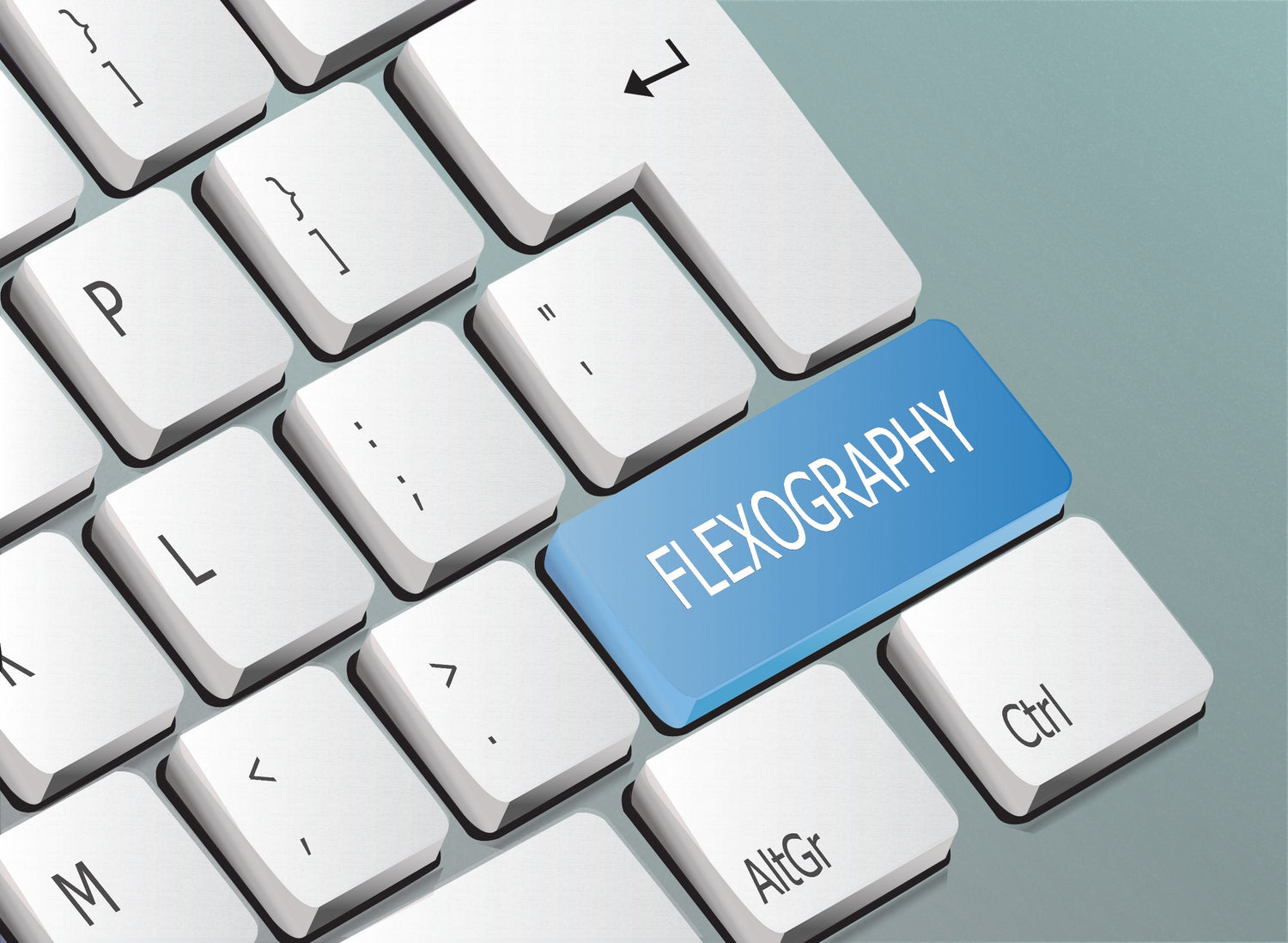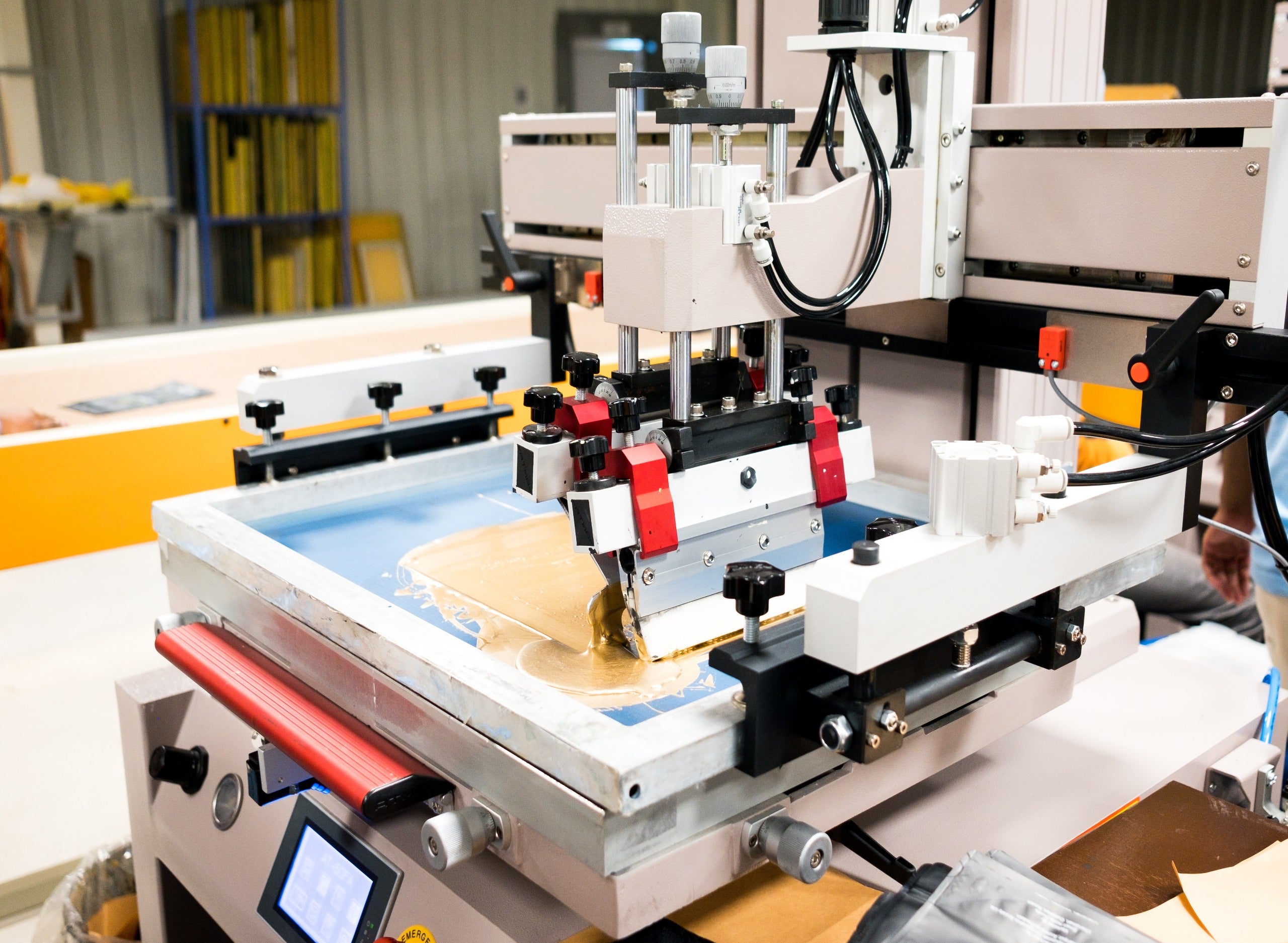Within the evolving landscape of packaging, flexography emerges as a key player in innovation and flexibility. This method, employing adaptable relief plates for printing across diverse materials, has seen significant transformation. Originating from simple beginnings, flexography has leveraged technological progress, responded to increasing market needs, and positioned itself for a sustainable future. We’ll delve into the ways in which flexography is influencing the modern packaging era.
Technological Advancements Enhancing Flexography
The domain of flexographic printing has undergone a significant technological overhaul. Modern flexo presses, boasting the latest in automation innovations, are adept at accommodating a broad spectrum of substrates. This selection ranges from the conventional choices of paper and plastic to more unconventional and slimmer materials, executed at speeds that set new benchmarks. Quality has also seen a significant uplift.
Innovation in flexographic plate technology is a game-changer. Improved ink transfer capabilities mean that finer textures and more vibrant images are now a reality, even on challenging substrates like clear film. This leap in quality is complemented by the transition to UV curable inks, which not only dry faster but also minimize environmental impact. These technological strides have not only enhanced efficiency and quality but also expanded the horizons of what can be achieved with flexographic printing.
The Role of Flexography in Meeting Market Demands
Today’s packaging market is a complex arena, driven by diverse consumer needs and environmental considerations. Flexography excels in meeting diverse printing needs with its unmatched adaptability. It’s capable of applying designs on a wide spectrum of substrates, including paper, plastic, corrugated cardboard, among others, positioning it as the multifaceted tool of the printing sector. This adaptability ensures it’s perfectly suited for an array of products, from your daily cereal packaging to the labels on your favored craft beer, and the plastic bags holding your groceries.
Flexography owes its operational efficiency to the seamless incorporation of various techniques such as laminating, embossing, and die-cutting into one continuous process. This efficiency not only expedites output but also offers notable scale economies. Through its quick and precise fulfillment of the market’s diverse needs, flexography has solidified its essential position within the packaging field.
Flexography’s Future in the Packaging Industry
Flexography’s prospects within the packaging sector are promising, driven by an adherence to delivering superior, uniform outcomes and eco-friendly methods. Continuous advancements in the materials used for substrates, the technology behind plates, and the composition of inks ensure flexography remains at the forefront of innovation. Its critical function in generating recyclable, premium-packaged products efficiently resonates with the increasing focus on environmental sustainability.
The push for eco-friendly products, combined with a steadfast focus on optimizing efficiency and enhancing quality, secures flexography’s role as a fundamental element in the packaging sector. Its capacity for adaptation and progress makes it an essential component in addressing the upcoming demands of the market and environmental sustainability.
Bottom Line
Flexography stands as a prime example of how innovation and adaptability drive industries forward. It’s not just a method for printing but a pivotal force in the packaging sector’s evolution. As it adapts and grows, flexography addresses today’s industry needs while molding its tomorrow. With each technological step forward and a strong dedication to eco-friendliness, this technique is at the forefront of shaping contemporary packaging methods.














Leave a comment
All comments are moderated before being published.
This site is protected by reCAPTCHA and the Google Privacy Policy and Terms of Service apply.